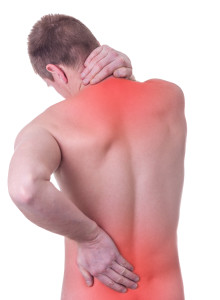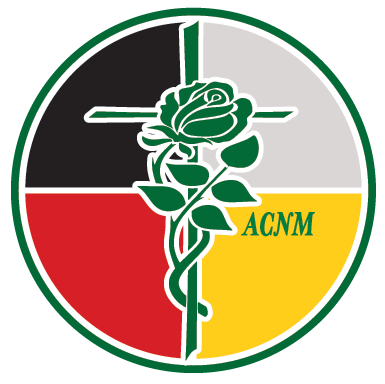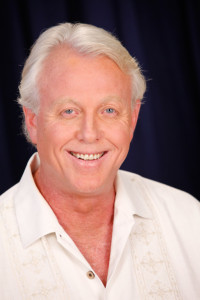Treating Chronic Pain with Thai Yoga supported by Scientific Review
Anthony B James DNM(C), ND, MD(AM), DOM(C), DPHC(h.c.), PhD, RAC, SMOKH
You can treat chronic pain with Thai Yoga. Thai Traditional Medicine and it’s derivative practices such as Thai Traditional Massage and specifically styles such as SomaVeda® Thai Yoga have long been held to be effective solutions and remedies for chronic. They often are noted to provide relief when literally all else (conventional western medicine) have failed and or not worked well.

Researchers at the Department of Physiology, Faculty of Medicine, Khon Kean University, Thailand and Department of Rehabilitation Medicine, University of Washington, Seattle, USA demonstrated in a systematic review of TTM research that not only did the therapy reduce key pain indexes up to 80% but that pain reduction appeared to be maintained for up to 15 weeks post therapy!
Read the Abstract here: The efficacy of traditional Thai massage for the treatment of chronic pain: A systematic review.
Thai traditional medicine: Thai Traditional Massage (SomaVeda® Thai Yoga) address many pain related issues simultaneously. These issues include but are not limited to the following:
1) Spiritual/ Psychological/ Emotional issues: Traditionally, all chronic pain issues develop originally from past life. Literally they are reflective of old unresolved issues, called spiritual but also relating to psychological and emotional trauma. It is also understood that there is an emotional correlation with all chronic pain issues no matter what the current physiological manifestation of it is in the moment. These factors are first addressed in performance of Puja or ritual prayer and blessing ceremony before and after treatment. The contents and practice of Puja vary widely from region to region and from school tradition to school tradition. Some practitioners recite sacred Pali Mantra for Paying respect to Buddha, Shivago (Jivaka) such as the “OmNamo Shivago” mantra popularized in the Lanna Thai Nuad Boran schools ( See Styles of Thai Massage and Thai Yoga). and in some it is internal and a silent observance. such as is more common in the south.
2) Ayurvedic Dosha: The Union of Thai Traditional Medicine Society or UTTS acknowledges and teaches Ayurveda principles of Dosha or Elemental Imbalance according to Body Type (Vata, Pitta, Kapha) as being a traditional strategy in performing effective treatments. It is taught that to first determine body type and then deviation from nominal allows the practitioner to balance the Dosha by altering or emphasizing certain aspects of treatment over other for the particular patient vs. another. Depending on the Dosha assessment the actual treatment methodology of the Thai Traditional Massage (Thai Yoga) can vary considerably from one patient to another.
3) Sen Lines: Thai Traditional Medicine: Thai Traditional Massage treatment regimen and the traditional Vinyasa or Therapeutic Sequences emphasize bringing “energy, attention, consciousness, breath (prana) and pressure to energy lines called “Sen”. Sen are synonymous with the Yoga Nadi’s (pathways of Pranic Force) as described in Ayurveda text and many of the Thai Sen have the same names in Thai/ Pali speech as in Indian Sanskrit. Consider the first three Thai Traditional Sen Lines are Summana (Sushumna Nadi), Itha (Idda Nadi) and Pingala (Pinkhala Nadi) etc.
4) Lom and Large Joint Mobilization: The Thai Traditional Massage is classically structured in such a way as to take the patient through a regular sequencing of traditional Yoga Therapy postures called “Asana”. For example typically first posture is “Savasana” or supine facing corpse pose. While in this posture attention by way of pressure is brought to bear on both Sen Lines and Lom (Wind Gates- Secondary Chakra). Additionally a sequence of mobilization follow which articulate and expose the Sen and Lom from various angles. The mobilizations are also Yoga Therapy Postures which typically involve the full range of motion possible for every major joint in every possible or accessible degree of range of motion. While the large joints are mobilized and the Sen Lines, Soft tissue (connective tissue, muscle, viscera) the points on the lines (Marma/ Lom) are treated. The mobilizations also create what we call a “Traction and Decompression” effect in all affected or emphasized joints.
All the above in a nurturing, emotionally supportive environment emphasizing sharing outcomes of Love, Compassion, Joy and Equanimity provide a consistent result for the patient less pain and less pain over time.
For more information on educational materials by this author see the bookstore at ( http://www.BeardedMedia.Com ) If you think your friends would benefit from this information please have them subscribe to our newsletter!
For information on SomaVeda® Thai Yoga Practitioner Certification Program at the Thai Yoga Center Click Here!
Disclaimer:
All Information is provided for educational purposes only and not intended to be used for any therapeutic purpose, neither is it intended to diagnose, prevent, treat or cure any disease. Please consult a health care professional for diagnosis and treatment of medical conditions. While all attempts have been made to ensure the accuracy of this information. The author and SomaVeda.org does not accept any responsibility for any errors or omissions.
Copyright© 2015, Anthony B. James, All rights reserved under International and Pan American copyright conventions. World rights reserved. No part of this book may be reproduced or utilized in any form or by any means, electronic or mechanical, including photocopying and recording, or by any information storage and retrieval system, without permission in writing from the publisher. Inquires should be addressed to: Anthony B. James, 5401 Saving Grace Ln. Brooksville, FL 34602 · http://www.ThaiYogaCenter.Com
SomaVeda Integrated Traditional Therapies®, SomaVeda® are a Federally Registered Trademark/ Servicemark and proprietary Intellectual Property, All World Rights Reserved.

